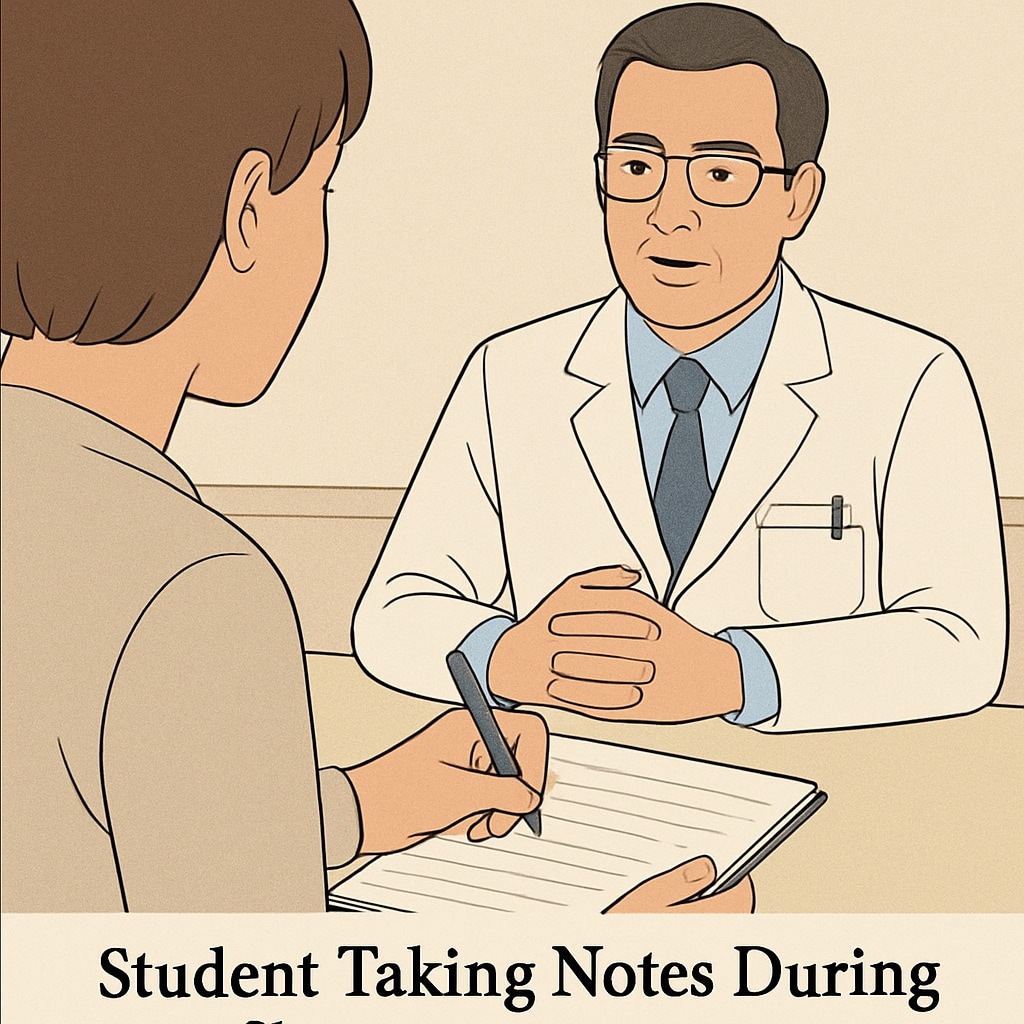Incorporating doctor interviews, school programs, and career planning into K12 education provides a transformative way to prepare students for future careers in medicine. By participating in structured interview programs with physicians, students gain invaluable firsthand exposure to the medical profession. These experiences help them understand the realities of working in healthcare, fostering both critical thinking and informed career decision-making.
The Role of Career Exploration in K12 Education
Career exploration is an essential component of modern K12 education. By introducing students to various professions early, schools can nurture aspirations and provide clarity about future goals. A structured program that includes interviews with professionals, such as doctors, enables students to connect classroom learning to real-world applications.
For example, students may ask doctors about their daily responsibilities, educational background, and the challenges they face. This not only demystifies the profession but also encourages students to think critically about their own interests and skills. According to Britannica, early exposure to career paths enhances motivation and academic performance, especially in STEM fields like medicine.

How Doctor Interviews Benefit Students
Structured interview programs with doctors provide multiple benefits for students:
- Real-World Insights: Students learn about the realities of medical careers, including the rewards and challenges.
- Skill Development: The process of preparing for and conducting interviews enhances communication and critical thinking skills.
- Informed Decision-Making: Students gain a clearer understanding of what it takes to succeed in medicine, helping them decide if it aligns with their interests and abilities.
Additionally, these programs encourage curiosity and lifelong learning—qualities essential for any successful medical professional. Schools that implement such initiatives not only help students explore careers but also foster a deeper understanding of societal needs and the role of healthcare professionals.

Implementing Effective School Programs for Career Planning
To ensure success, schools should adopt a structured approach to career planning programs. Here are some tips for implementing effective doctor interview projects:
- Collaborate with Healthcare Professionals: Partner with local hospitals or clinics to connect students with experienced doctors.
- Provide Training: Equip students with interview techniques and research skills to maximize the learning experience.
- Encourage Reflection: After interviews, ask students to write essays or create presentations summarizing their insights.
- Incorporate Feedback: Seek input from both students and doctors to improve the program over time.
By following these steps, schools can create meaningful opportunities for students to explore the medical field while also developing essential life skills. For further reading on career guidance, visit this comprehensive overview on Wikipedia.
Conclusion
In today’s rapidly evolving world, preparing K12 students for their future careers is more important than ever. Programs that incorporate doctor interviews, school projects, and career planning help students gain critical insights into the medical profession. These initiatives not only inspire young learners but also equip them with the tools they need to make informed decisions about their futures.
By fostering curiosity, critical thinking, and real-world understanding, schools can play a pivotal role in shaping the next generation of healthcare professionals. Through collaboration with medical experts and structured educational programs, the journey toward a fulfilling medical career can begin long before college.
Readability guidance: This article uses short paragraphs, clear headings, and lists to improve readability. It includes transition words and limits passive voice usage to enhance engagement.


